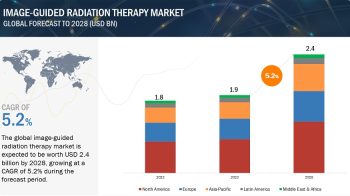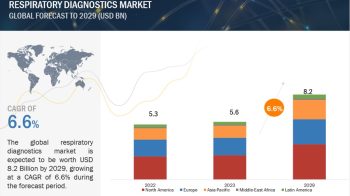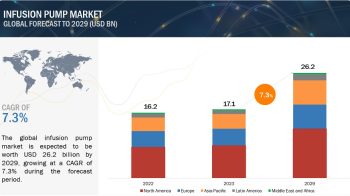The nasal drug delivery market is witnessing a growth across the globe owing to various factors such as increasing patient preference for nasal drug delivery as a result of easy administration & better efficacy and growing self-administration practices among the patients. Whereas, growth among over-the-counter nasal drugs and increasing focus on alternative routes of drug delivery such as nasal drug delivery offer significant growth opportunities for players operating in this market. Major players in the market have focused on the organic strategies such as new product launches.
The nasal drug delivery technology market is segmented based on dosage form, therapeutic application, end user, system, container, and region. The dosage form segment is further divided into the sprays, drops & liquids, nasal powders, and nasal gels. In 2016, the nasal powders segment is expected to account for the largest share of the market, by dosage form. This growth can be attributed to the wide range of benefits associated with powders. Nasal powders lack preservatives, have higher formulation stability, and maintain longer contact with nasal mucous, making them an extremely effective drug dosage form.
On the basis of container, the market is segmented into pressurized and non-pressurized containers. In 2016, the non-pressurized containers segment is expected to account for the largest share of the market. This can be primarily attributed to advantages such as better versatility and reliability, instant availability, self-containment, better portability, and low-cost medical aerosol delivery. In addition, the increasing usage of these devices for the treatment of reversible airflow obstruction resulting from asthma and chronic obstructive pulmonary disease (COPD) is expected to further drive the growth of this market in the coming years.
On the basis of system, the market is segmented into multi-dose systems, bi-dose systems, and unit-dose systems. In 2016, the multi-dose drug delivery systems segment is expected to account for the largest share of the market. This can primarily be attributed to the growing preference for multi-dose drug delivery as these systems provide quick and effective delivery of drugs into the bloodstream.
On the basis of therapeutic application, the market is segmented into allergic and non-allergic rhinitis, nasal congestion, vaccination, and other therapeutic applications (osteoporosis, pain management, and sexual dysfunction). The allergic and non-allergic rhinitis segment is expected to register the highest CAGR during the forecast period. The high growth in this segment can primarily be attributed to the increasing prevalence of allergic and non-allergic rhinitis and growing preference for nasal drugs for its treatment.
On the basis of end user, the market is segmented into hospitals and home care settings. In 2016, the home care settings segment is expected to be the fastest growing segment of the market, primarily due to the increasing preference for self-administration among patients.
Currently, North America dominates the nasal drug delivery market and Europe represents the second-largest regional segment. The nasal drug delivery market in the Asian region is the fastest growing due to presence of significant growth opportunities for the market as well as the players involved in nasal drug delivery.


